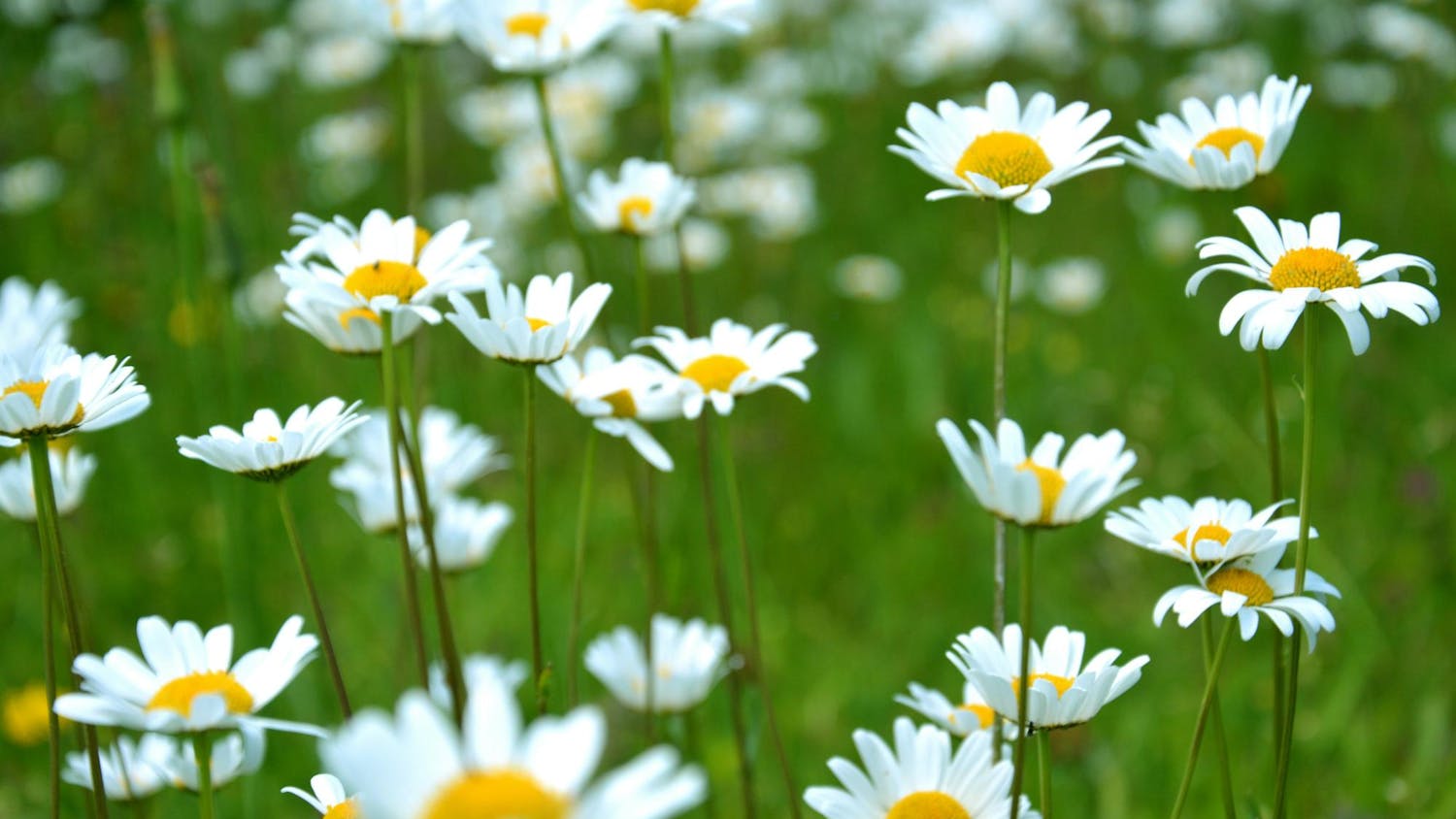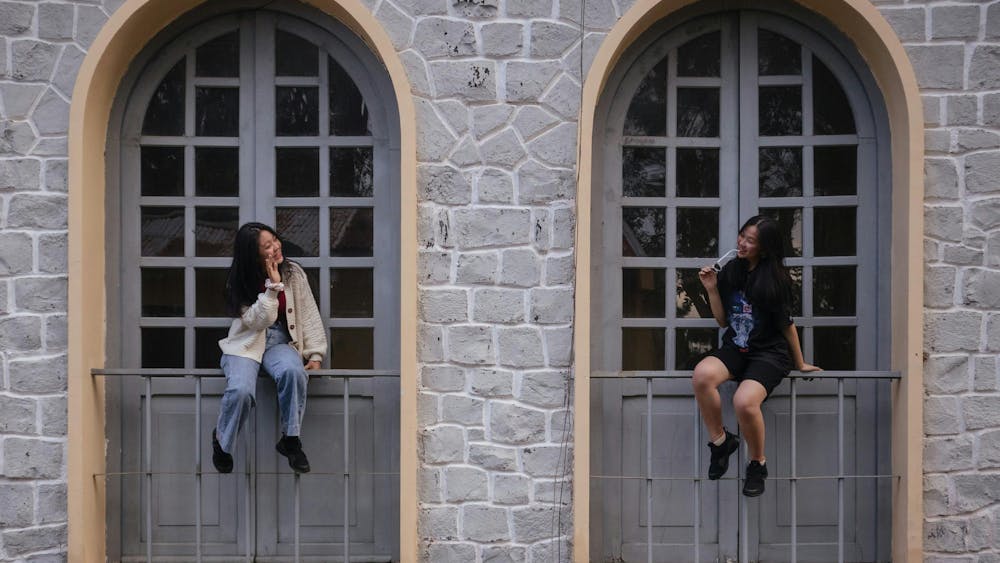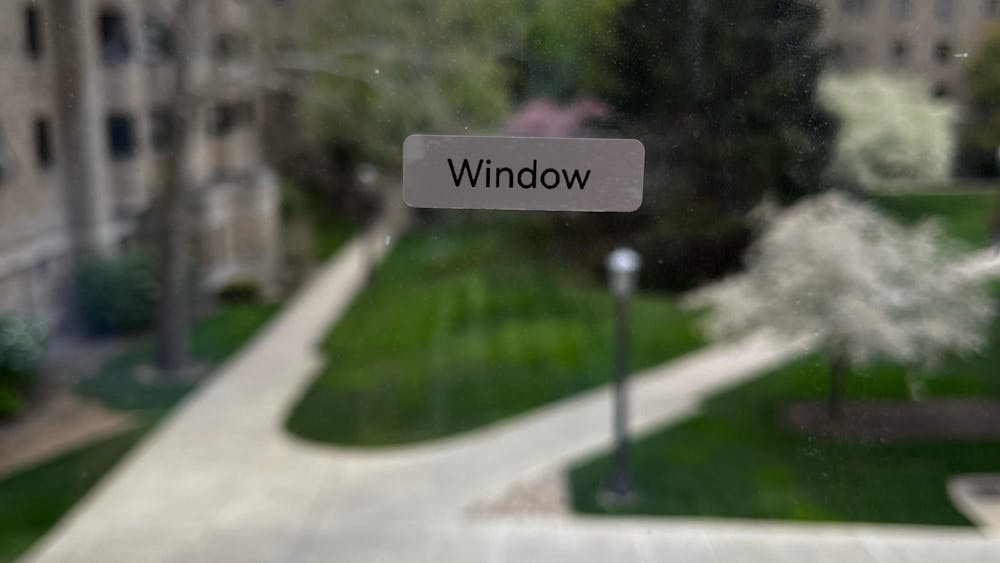It’s a summer afternoon in the sculpture garden. The Washington D.C. heat makes it feel like you’re walking through a sauna dressed in ski gear. So, people are coming from all corners of the mall to meet at this post-modern park’s focal point: a circular fountain with eight dueling jets of cool water.
I sit, enveloped in shade, on the artificial pond’s periphery. As a recent migrant to our nation’s only stateless city, I’m still timid about dipping my toes into the capital’s current. So, I stay to the side, sit silently and wonder instead. What is it about making water move through the shadows of concrete jungles that seems so universally appealing to our kind?
On paper, it makes no sense. We spend thousands of dollars a year to animate atoms, flinging Earth’s most abundant fluid through the air for folly’s sake. But there’s widespread demand for this apparent foolishness. Midday congregations around urban waterholes from Albuquerque, Singapore and everywhere else in between prove this point. So why, then, are these weird, water-full contraptions so satisfying to the human mind?
Is it the cool breeze created by flowing water that stimulates our senses? Or the coordinated compression of fluid when it first flees from a fountain’s high-pressure canons, inducing in us the sentiment of being in control? Perhaps it’s simply the sense of community catalyzed by a neutral public place with entrances on all sides? Or, rather, the calming call of splashing water reminding us to relax and breathe amidst our busy day’s distractions?
Turning to my partner, I ask for her opinion on this translucent puzzle. She proposes that, maybe, it’s the contradiction created by the fountain that tickles our curiosity. After all, many human cultures appear to be characterized by dichotomies: man and woman, nature and culture, adult and child. So, it’s not absurd to think that a cold container of water, in the middle of an arid heat island, couldn’t also find its way onto our long list of daily dualisms.
Another line of argument, we reason, could be that, in a fully rational world, fountains just shouldn’t exist. In this case, it’s feasible that the sole fact they do is enough to engross us. This often seems to be why we find things like “the top 10 weirdest animals” so interesting. It isn’t always their “this” or “that” that astonishes us; it’s solely their paradoxical presence.
But as beads of sweat swim down the back of my neck, like ants tiptoing nimbly down a log, I conceive of an explanation more convincing to myself than all the rest. I realize that in fountains, citygoers must ultimately see themselves, trapped yet also freed, constrained to a tumultuous cycle of rapid flows and gentle ebbs.
Just as water from a fountain moves within the limits we define for it, our modern minds migrate within the boundaries that culture creates and our bodies bumble around inside urban human honeycombs that our cities construct.
Thinking in this new way, I finger something in particular that seems to make the fountain before me so fascinating. It makes the water move much like we do, in a synchronous fashion, cycling from freedom to constraint and back again.
Thus, the fountain feels familiar and forbidden at the same time. I can see both my present reality and my private fantasy cohesively captured in its core. The erratically ejected water shows me my own innate craving for freedom. Simultaneously, however, the concrete confine that surrounds the whole affair reminds me what I knowingly trade that freedom for.
After all, is this not exactly what we ask of life? We desire to be different. To travel to unknown places and to create our own unique stories along the way. To be truly free. But we also long to live in a world where everyone thinks and sees things the same way we do. To be part of a homogeneous community. Fountains show us how this illogical insistence plays out.
As molecules of water fly out of each faucet, and feel the full embrace of oxygen on all sides, they get to experience their own autonomy and utter independence. But their airy adventures are short-lived, lasting just long enough to ensure that they can still be safely ushered back into the familiar body of water from which they came.
In their hydraulic hypnotism, we see our own impossible imaginings. To feel free and exceptional; yet still fit securely within a familiar system. Perhaps fountains show us how we can have both; perhaps this is why we’re so fascinated by them.
They reflect our selves, both metaphorically and physically. First, when we dream of an antithetical truth that we can never fully possess; and then, when we work up the courage to walk to the water’s edge and peer down, only to find an image that is familiar, and yet still unrecognizable, staring back up at us.













